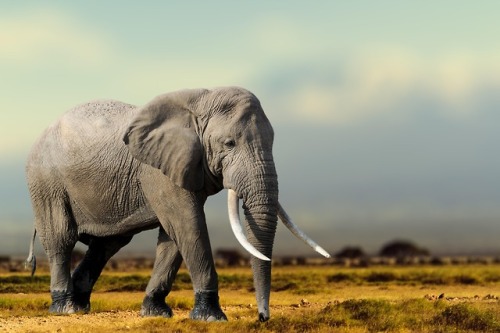
Elephants and Ivory: Coordinating Natural History Museum Action to Address Wildlife Crime
Exquisite wildlife species like elephants, hunted and killed for ivory are endangered – and institutions like Carnegie Museum of Natural History are stepping up.
Eric J. Dorfman, the Daniel G. and Carole L. Kamin Director of Carnegie Museum of Natural History, wrote an article entitled: “Elephants and Ivory: Coordinating Natural History Museum Action to Address Wildlife Crime” for a special elephant-conservation-themed issue of Curator The Museum Journal.
The article discusses wildlife crime, estimated to be worth as much as $23 billion annually on the black market. Elephants are frequent victims of poaching for their ivory tusks, and thieves desperate to obtain the material
try to steal elephant ivory from natural-history museums.
“Illicit trafficking of wildlife is arguably one of the most serious ethical and operational issues currently facing natural-history museums,” Dorfman writes. “As species like elephants become increasingly rare and efforts to protect them are stepped up, the black market is turning with increasing regularity to museum collections. Ongoing thefts from museums of elephant ivory and rhinoceros horn are being added to more traditional targets of crime such as gemstones, gold and cultural artifacts.”
More than 25 scholars and museum professionals contributed articles examining the ivory issue to the journal. John Fraser, Curator editor, says the issue shows the many ways museums can join a productive dialogue that can ensure the survival of elephants. “Essentially, this issue on ivory is a call to action for the entire museum sector,” Fraser says.
